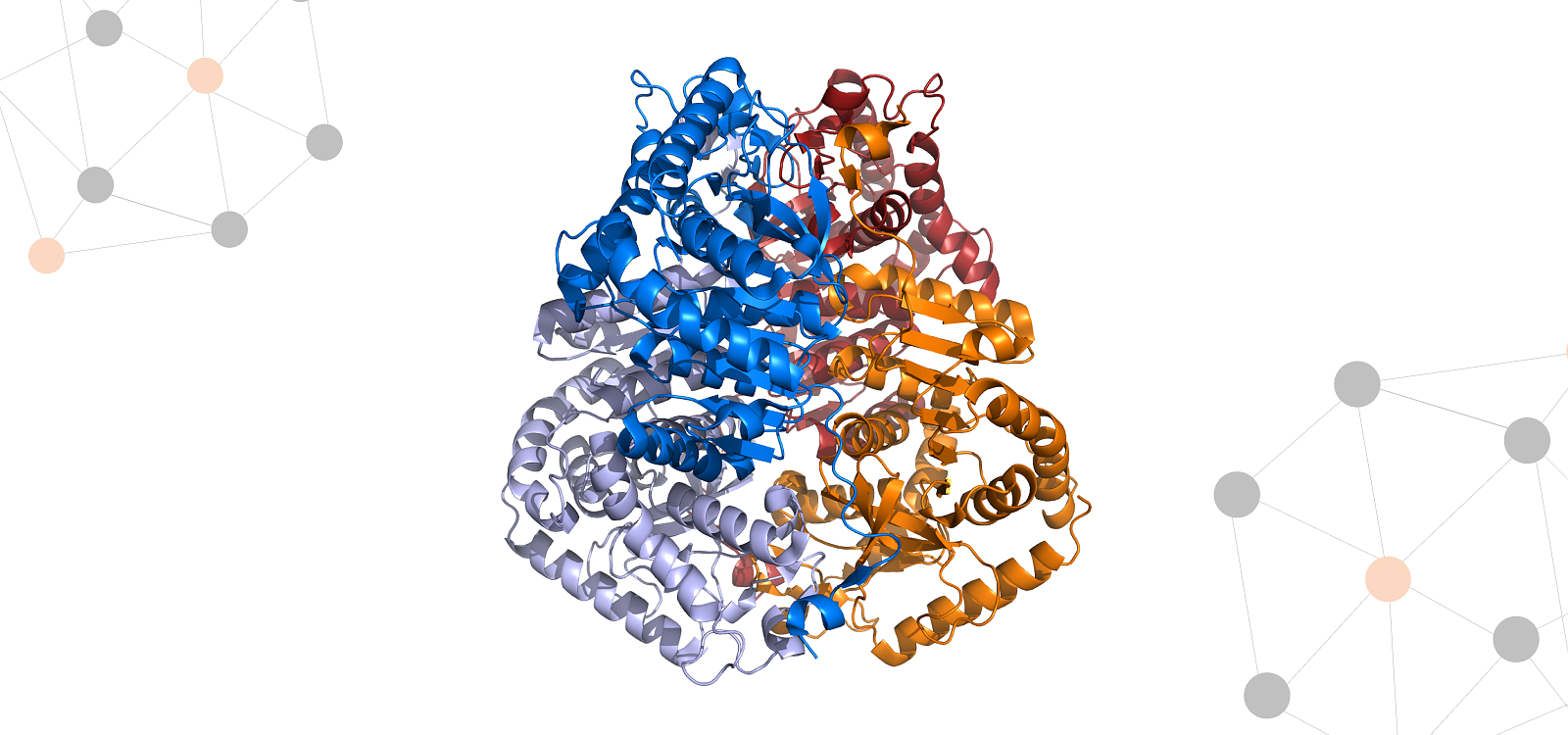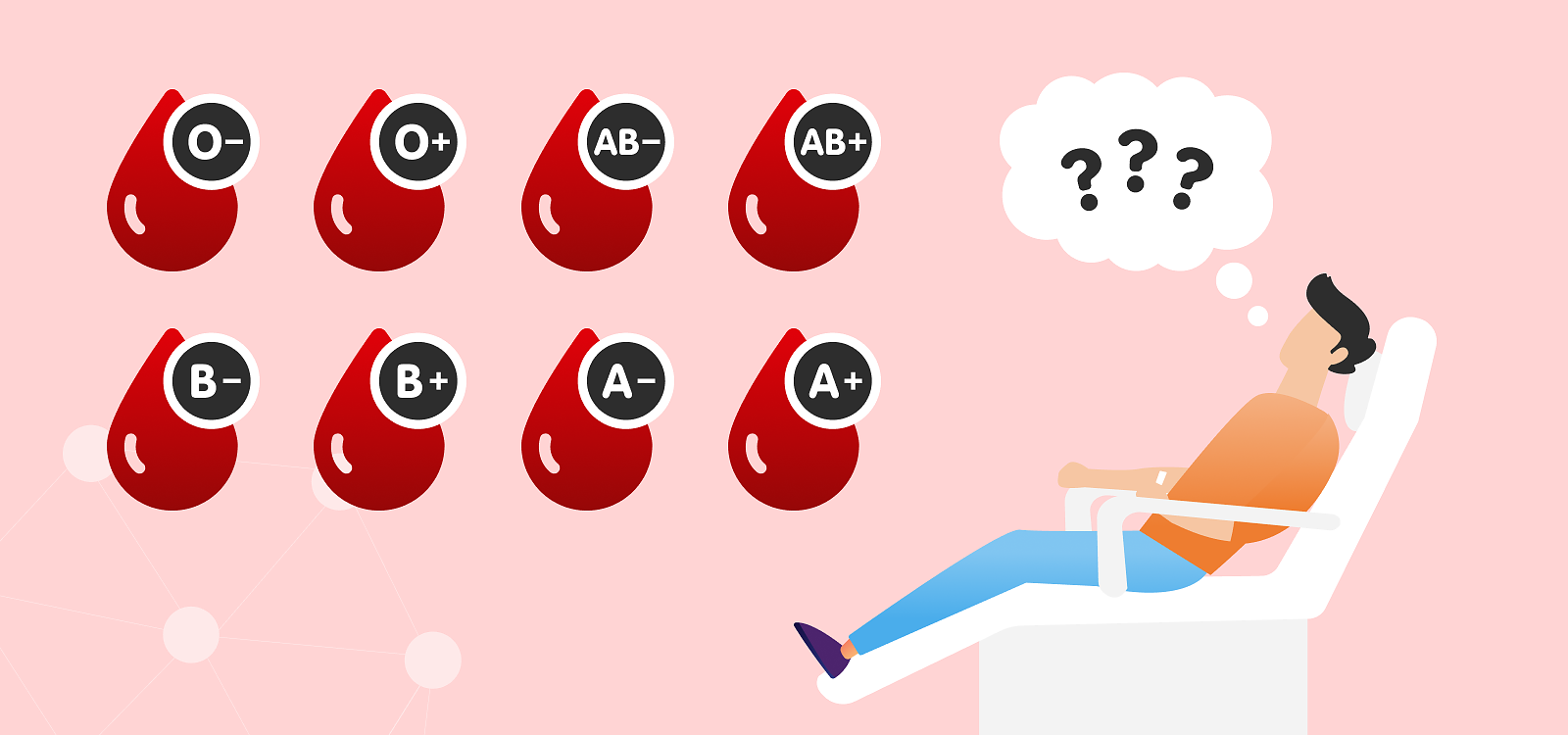Parameter Tuesday: LACTATE DEHYDROGENASE
Lactate dehydrogenase, or LDH, is an important enzyme in your body. It's a protein that plays a big role in producing your body's energy. It is widely spread through your body's tissues with high concentrations in the heart, lungs, brain, liver, kidneys and red blood cells.
Because LDH is so widely spread, there can be many reasons for elevated levels of LDH. Whenever any tissue is damaged, LDH is released into the bloodstream. However, a small amount of LDH is usually present due to a healthy metabolic process in your body called tissue turnover. It is therefore an important but rather nonspecific marker that reflects possible organ or tissue damage. However, there are five LDH isoenzymes which are alternative forms of LDH, each with a slightly different structure, and together, they make up the total LDH value. Each isoenzyme is specific to a particular tissue, which can help determine the origin of the damage. For example, isoenzyme LDH-1 is primarily present in heart tissue, while LDH-3 is a major lung isoenzyme.
Elevated levels of LDH can be caused by anemia, muscle injury, liver diseases such as cirrhosis and viral hepatitis, acute myocardial infarction, kidney disease and certain types of cancer. It can also be a sign of pulmonary embolism. Some infections like bacterial meningitis, infectious mononucleosis, or encephalitis may be the reason for elevated levels. LDH is elevated in people with COVID-19, and doctors have been giving this parameter special attention to determine the severity of the disease.
Red blood cells include relatively high levels of LDH compared to the levels in serum. When a blood sample is collected, there is a chance of rupturing the red blood cells or so-called hemolysis. In this case, the high value of LDH is a false positive.






